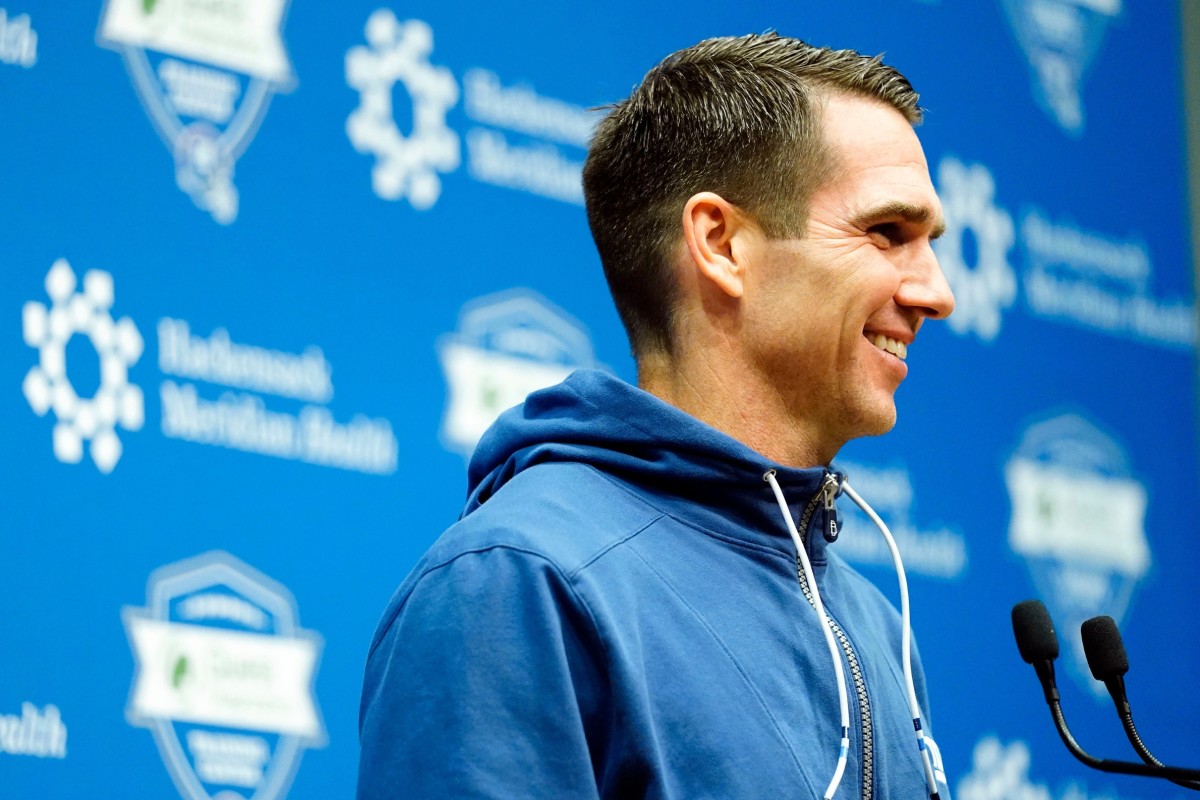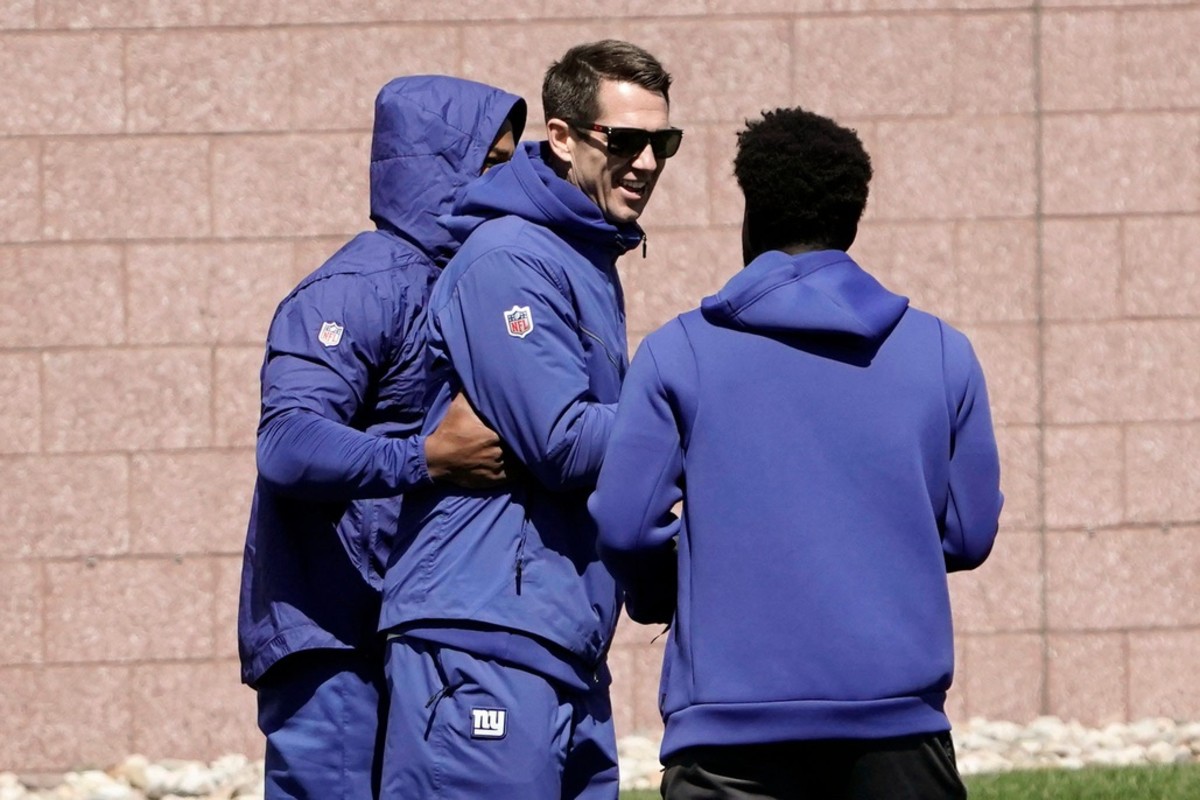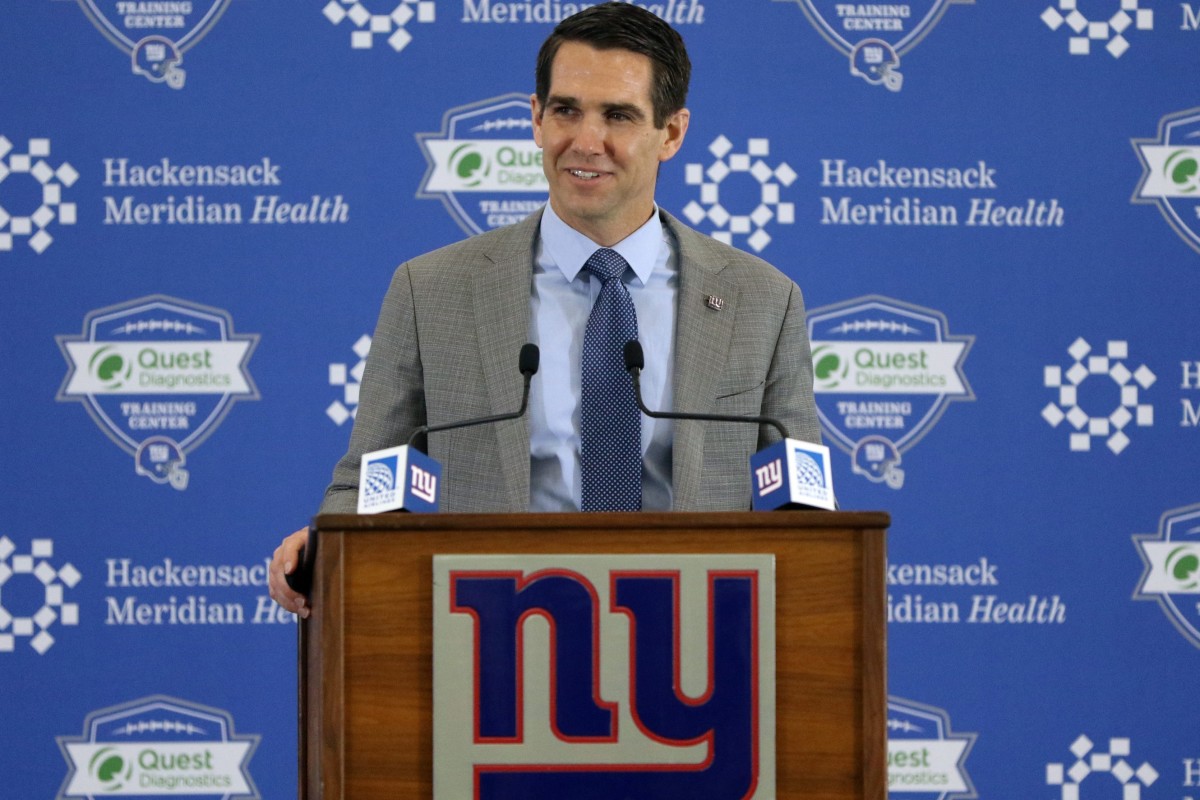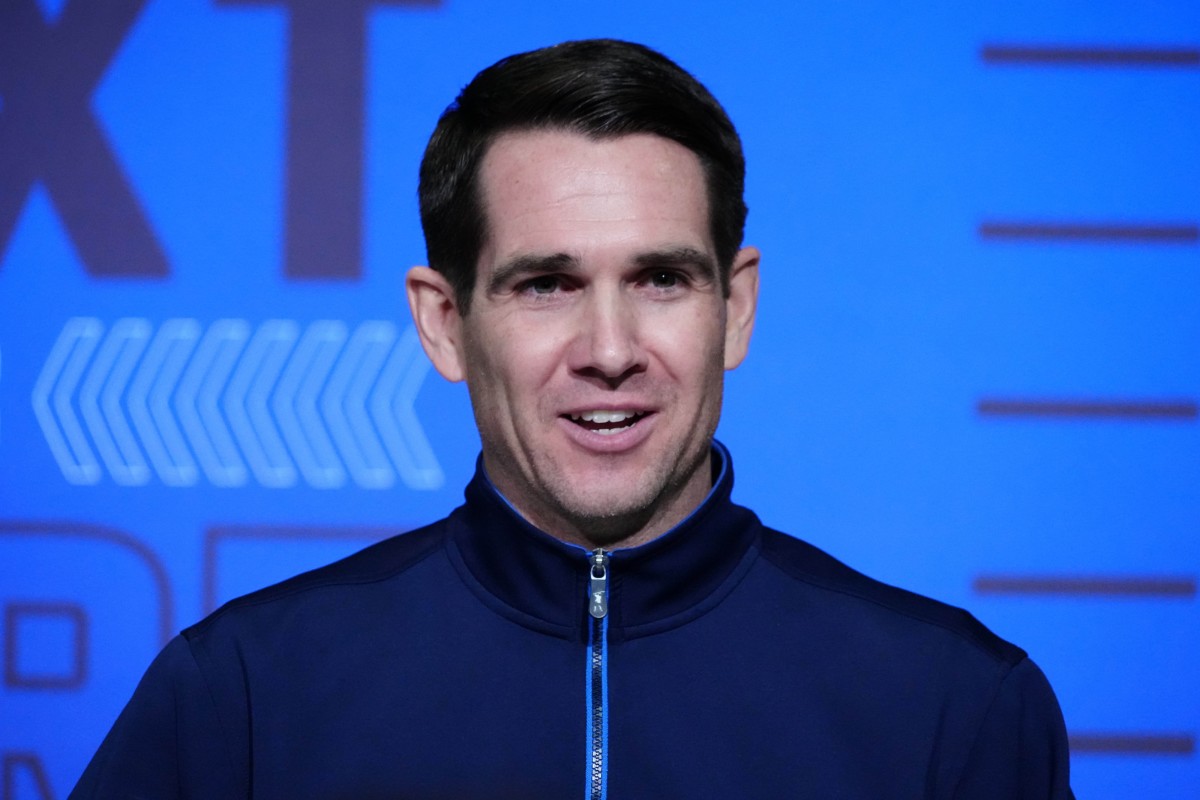Reassessing Giants First Off-season Under General Manager Joe Schoen
In two weeks, the New York Giants rookies report for training camp; in three, the full team comes in, and in three weeks plus one day, the public will get its first look at the Giants roster assembled by general manager Joe Schoen, who had the input from the coaching staff to guide him.
There is optimism after a relatively quiet yet productive spring in which head coach Brian Daboll and his staff focused on getting to know the players so they could figure out how to coach them and fit the various roles within the schemes to their strengths. But the real test is still to come in the form of wins and losses.
Let’s rewind the tape and see how Schoen put this roster together by revisiting my multistep plan outlined for crushing free agency.

1. Don’t tender any of their RFAs.
This was an easy decision not just because of the cost per player ($2.4 million for the right of first refusal tender, or the lowest tender on the chain) but also because restricted free agents (RFAs) are usually low on the depth chart at their respective positions anyway.
In the Giants’ case, they passed on tendering fullback Cullen Gillaspia, safety Joshua Kalu and safety Steven Parker. They have since brought in undrafted free agents—fullback Jeremiah Hall and safeties Trenton Thompson and Yusuf Corker—who will compete for those spots and who will cost the team far less as it continues to dig its way out of a colossal salary cap mess left by the previous regime.
2. Don’t go crazy with tendering ERFAs.
Schoen agreed with this suggestion as well. Of the team’s exclusive rights free agents—safety J.R. Reed, quarterback Jake Fromm, guard Kyle Murphy, receiver David Sills V, and cornerback Jarren Williams—only Sills and Williams were retained.

3. Let most of the unrestricted free agents walk.
The Giants had 22 unrestricted free agents: offensive linemen Nate Solder (tackle), Will Hernandez (guard), Korey Cunningham (tackle); Billy Price (center) and Matt Skura (interior); defensive linemen Austin Johnson and Danny Shelton; tight ends Evan Engram and Levine Toilolo; safeties Jabrill Peppers and Nate Ebner; receivers John Ross, Dante Pettis, and C.J. Board, guard Will Hernandez; quarterback Mike Glennon; defensive back Keion Crossen; fullback Eli Penny; long snapper Casey Kreiter; inside linebackers Benardrick McKinney, Reggie Ragland, and Jaylon Smith; and outside linebacker Lorenzo Carter.
Sure enough, they let most of them walk and not just because of the cap. The ones they retained—Cunningham, Board, and Kreiter—were on one-year contracts. They also reportedly tried to retain Austin Johnson and Lorenzo Carter, but those players chose to move on.
Otherwise, Schoen brought in a select number of replacements at the positions where the team lost depth on one-year veteran minimum deals, the lone exception being offensive lineman Mark Glowinski. Just about every player the team brought in had some sort of prior connection to the coaching staff.
That strategy reminds one of how when a chain restaurant opens a new location, the corporate office usually sends in trainers to help make sure things get up and running as smoothly as possible before said trainers are ultimately replaced by longer-term employees.
Considering the Giants would go on to draft additional reinforcements at the positions where they added veteran depth, which appears to be how Schoen views the situation.
4. Get a solid backup quarterback.
The criteria I outlined for the backup quarterback included having a lot of games logged as a starter with a winning record or as close to a .500 record as possible, having a strong arm and decent enough mobility; and having a reasonable price tag.
The Giants found that guy in Tyrod Taylor, who spent time with the Bills early in Schoen’s tenure as assistant general manager. Taylor has started in 53 of the 78 games he's played and has a 26-25-1 record as a starter. During the spring, he showed he has a strong enough arm and can move as well as anyone in the pocket and on designed rollouts.
Best of all, his price tag was indeed reasonable. Taylor's deal is a two-year $11 million contract with a $4.2 million signing bonus and $100,000 total in workout bonuses, and up to $6 million in play-time-related incentives that can push the deal upwards of $18 million. That means if Daniel Jones goes down with another injury or doesn’t pan out, the Giants have built-in mechanisms to allow Taylor’s pay to go from “backup” status to “starter” caliber.

5. Offensive line, offensive line, offensive line!
This was as glaring of an easy decision as they come, especially given how poorly the unit performed and how much depth it lacked.
Sure enough, Schoen addressed it. Of his estimated 12 free agent signings (players that weren’t with the team in 2021), five were offensive linemen. And if you toss in the three draft picks—Evan Neal, Joshua Ezeudu, and Marcus McKethan—that’s eight new offensive linemen Schoen has brought in to address the biggest and most glaring need on the team.
Interestingly, I wrote of the ideal off-season plan, “Ideally, their new offensive line would include a veteran at center, a young right tackle from the draft; at least one veteran guard (former Bills guard Jon Feliciano could be a name to watch); and a veteran center to orchestrate the entire operation.”
The Giants did that, adding Feliciano as their center, Glowinski at guard, and Neal as the right tackle.
6. Don't Rush into Free Agency
NFL free agency officially opened on March 16 this year, and as expected, there was a mad rush among teams to land the big names.
The Giants, due to their cap situation, were not among those in the mad scramble. Yes, they added some low-cost signings like defensive end Jihad Ward, guard Jamil Douglas, and running back Matt Breida at the opening bell, but none of those moves are considered splashes. Moreover, none of those moves account for more than ten percent of the team’s total salary cap space, making them smart, low-cost depth signings.

7. Stay away from chronically injured players.
Injuries are a part of football—there’s no avoiding that. But when it comes to adding free agents with any kind of significant injury history, teams need to be extra careful of what they do.
That wasn’t the case with the Giants during the 2021 off-season. New York added receiver Kenny Golladay, who was coming off a season-ending hip injury, to a big contract. They did the same with cornerback Adoree’ Jackson, who was coming off a knee issue with the Titans.
And who could forget the team eschewing business sense in favor of wanting to be classy when it declined to amend the contract offer for tight end Kyle Rudolph after discovering that he needed foot surgery?
The truth is teams trying to climb out from the bottom just can’t afford to take these kinds of risks, which made the Giants’ 2021 off-season strategy such a headscratcher. Fortunately, though, Schoen didn’t prescribe to that theory.
Again, not having salary cap space was a factor in the plan. What Schoen has done, at least in the past while with Buffalo, is allow for a buffer that protects the team from sinking a large amount of money into a player coming off injury until he proves that he is back.
8. Be Patient
We wrote that the cap-strapped Giants needed to exercise patience when it came to some of their big-money players whose removal from the roster could have given the team breathing room.
We stressed that the Giants should be patient and not jump on the first offer. And that’s what they did. They held on to cornerback James Bradberry as long as they could, trying to work something out until it was obvious there was no other choice.
They also reportedly received some trade offers for receiver Kadarius Toney, none of which were enough to prompt Schoen to make a move.
Those two examples showed control. Whereas a new general manager might come in with the bravado of wanting to put his stamp on the team, Schoen’s approach and discipline in not jumping on the first decent-sounding offer to come his way.
What It All Means…

Besides the fact that Schoen pretty much followed the blueprint I laid out before the start of free agency (again, driven by the cap situation), there’s much to like about the new general manager's approach.
Again, one would think that there would be an unbearable sense of urgency for a team that hasn’t won very much over the last decade. So credit Schoen for having no preconceived ideas about what kind of roster he inherited that resulted in him doing things (or in some cases not) that won’t benefit the team in the long term.
Join the Giants Country Community
- Sign up for our FREE digest newsletter
- Follow and like us on Facebook
- Submit your questions for our mailbag
- Listen and subscribe to the daily LockedOn Giants podcast.
- Subscribe and like the new LockedOn Giants YouTube Channel
- Sign up for our FREE message board forums
